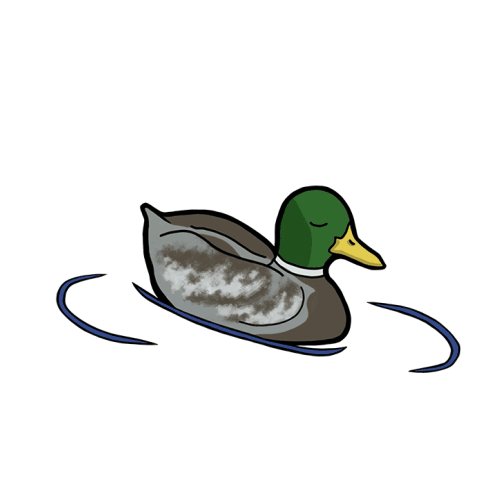The Reel Deal with the Millrace
- Collegian staff
- May 2, 2023
- 3 min read
Mary Vickery
Contributing Writer

Photo by Salem Keller
Salem Oregon’s fishing scene has more to it than one may think. While a plethora of aquatic life resides in the nearby Detroit Lake as well as the Willamette River, one doesn’t have to travel so far to cast their line. Closer to home (WU), the millrace runs full of fish waiting with baited breath.
The millrace is a man-made industrial waterway diverted in 1861 from Mill Creek, a 22-mile-long tributary of the Willamette River. Salem's millrace leads back and forth from Salem's mill, which can be seen at Mill Race Park. The closest millrace to the University runs into campus and becomes the beloved Mill Stream. East of Willamette University, lies the corner of 15th and Ferry Street. On this corner begins a stretching, rusted, chain link fence which looks to have been warped by years of leaning fisher folk. Beyond this fence sits a placid canal. The light brown water holds a stillness that falsely suggests a lack of life below.
Many different life forms dwell in the millrace, one being fish. According to Salem's Natural Resources Outreach Specialist, Deborah Topp, the only fish that reside in the millrace are sculpin. Sculpin are Oregon native fish that are found in both salt and freshwater. Kiana Gottschalk (‘23), a Willamette student, is leading a BIOL 453W Behavioral Ecology project on the species in the millrace. Gottschalk performed a sampling of Mill Creek in collaboration with Oregon Fish and Wildlife and confirmed via email that there are prickly sculpin (cottus asper) in the millrace. Gottschalk also revealed the presence of another type of fish friend, called the red shiner (richardsonius balteatus). She went on to say “Historically, there were winter Steelhead and spring chinook that would spawn in the Mill Race, however due to recent stream warming from climate change, those salmon populations have drastically decreased.” Furthermore, “Catfish, certain types of minnows, perches and bass are some of the common introduced species in this area.”
Fish aren’t the only creatures hiding in the canals. Deborah Topp assures that crawdads also dwell in the murky water. Crawdads are freshwater crustaceans that look like small lobsters. Hold the Old Bay though, there are a few restrictions to keep in mind before catching or eating any of these critters. To (legally) fish in Salem's canals, one must acquire a fishing license. Fishing licenses are enforced to protect local fish populations and can be checked by a game warden or a cop, both of whom are unlikely to let one off the hook. They can be obtained through the Oregon Department of Fish and Wildlife (ODFW), or (in true American fashion) Walmart.
Edibility of these aquatic creatures is a whole other can of worms. While eating a catch is not wholly out of the question, there are a few guidelines to keep in mind before breaking out the filet knife. It is vital to note Salem's current Total Maximum Daily Load (TMDL) levels. TMDL is a calculation that represents the highest amount of pollutant a water body can take on and still meet water quality standards set by the state. According to Deborah Topp, the Willamette River’s TMDL advisory was recently lifted. This however doesn’t necessarily mean that its tributaries, Mill Creek included, are within healthy levels. Fish are also well known for bio-accumulating chemicals via the food chain. Although TMDL levels may be safe now, aquatic life holds chemicals, including mercury, in their bodies from many years ago. So while technically edible, details get a bit slimy, and consumption is not encouraged.
Fin.




Comments